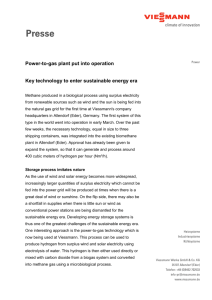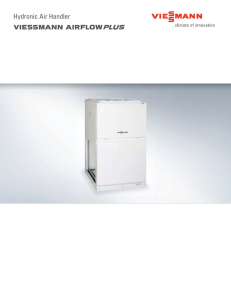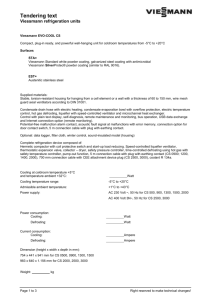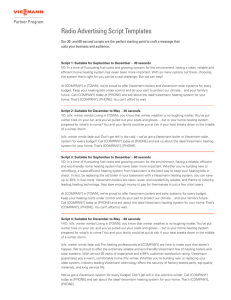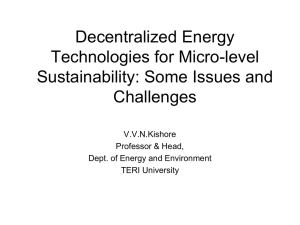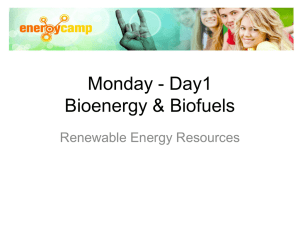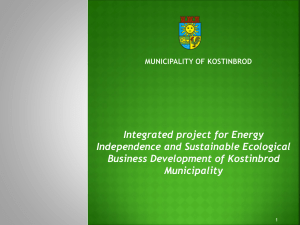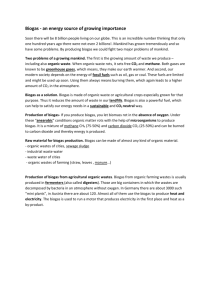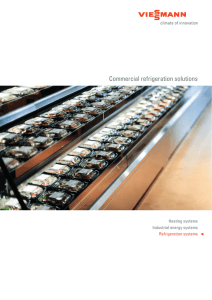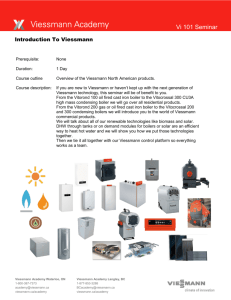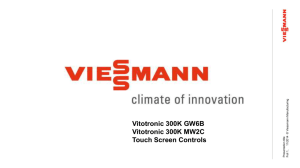Press release (DOCX 2 MB)
advertisement
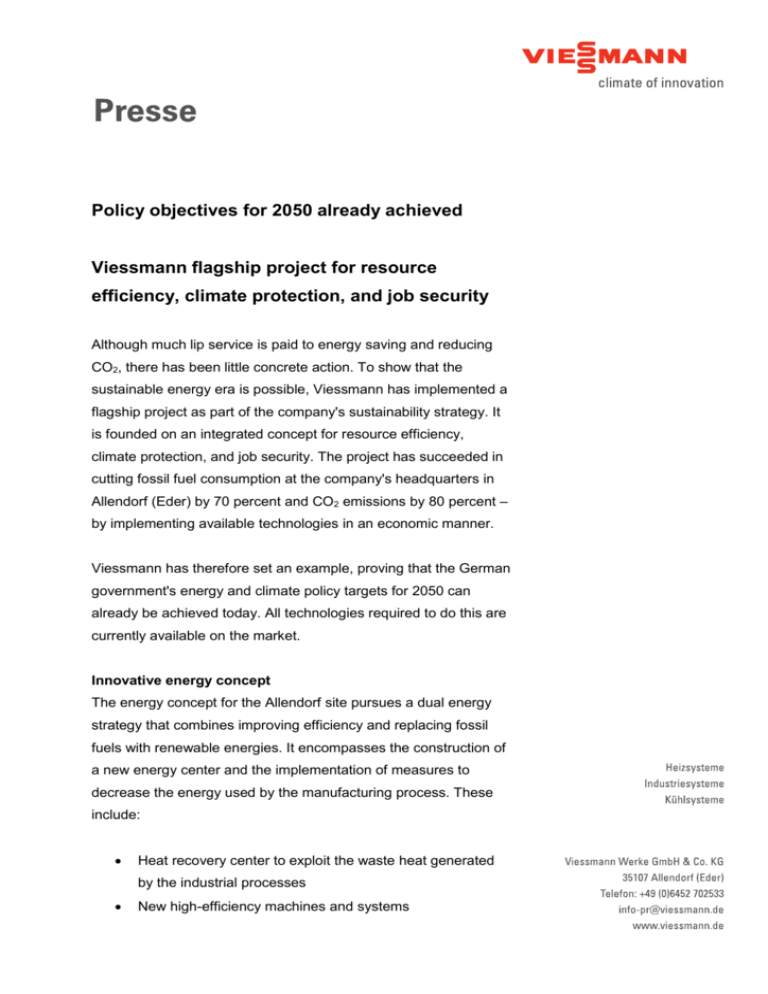
Policy objectives for 2050 already achieved Viessmann flagship project for resource efficiency, climate protection, and job security Although much lip service is paid to energy saving and reducing CO2, there has been little concrete action. To show that the sustainable energy era is possible, Viessmann has implemented a flagship project as part of the company's sustainability strategy. It is founded on an integrated concept for resource efficiency, climate protection, and job security. The project has succeeded in cutting fossil fuel consumption at the company's headquarters in Allendorf (Eder) by 70 percent and CO2 emissions by 80 percent – by implementing available technologies in an economic manner. Viessmann has therefore set an example, proving that the German government's energy and climate policy targets for 2050 can already be achieved today. All technologies required to do this are currently available on the market. Innovative energy concept The energy concept for the Allendorf site pursues a dual energy strategy that combines improving efficiency and replacing fossil fuels with renewable energies. It encompasses the construction of a new energy center and the implementation of measures to decrease the energy used by the manufacturing process. These include: Heat recovery center to exploit the waste heat generated by the industrial processes New high-efficiency machines and systems Needs-oriented management of pumps, engines, and lighting Improvement of system hydraulics Insulation of the building envelope The energy center of the future The energy center operates on both fossil fuels and renewable energy, including oil, gas, biomass, solar energy as well as ambient and geothermal heat. Innovative technologies such as condensing units and CHP solutions ensure that the fuels are used efficiently. Biomass from Viessmann's own plantations When it comes to renewable energy, Viessmann is committed in particular to biomass, which is obtained locally from the company’s own short-rotation plantations. Over an area of 170 hectares, poplars and willows have been planted, which are harvested every three years and used as an energy source in the form of woodchips. A dry fermentation biogas plant delivers an additional 2.7 MWh of heat and power annually. These measures have increased the share of biomass in the heat supply from 50 to about 80 percent. The long-term goal is to supply all energy using this climatefriendly fuel source. This is governed by the principle of sustainability; in other words, it only uses as much biomass as can be regrown in the same period of time. Biogas fed into the public grid by the system In addition to the dry fermentation plant, a second biogas system is operated by Viessmann's subsidiary Schmack Biogas, a wet fermentation plant. Implementing a technology developed by another Viessmann subsidiary, Carbotech GmbH, biogas is turned into natural gas and fed into the public gas grid. This means that the gas can be used to produce electricity and heat at any location with a gas connection, regardless of where the gas was generated in the first place. This technology produces 1.6 million cubic meters of biogas from 15,000 tonnes of substrate annually. In concrete terms, this biogas can provide 1,650 households with electricity and 370 households with heat. Job security In addition to promoting resource efficiency and climate protection, the flagship project also aims to boost the efficiency of work processes and material efficiency. The main purpose of improving the efficiency of work processes is to increase the competitiveness of jobs and, in doing so, to help secure the Allendorf site. With the introduction of lean production, manufacturing structures and processes have been redesigned according to efficiency criteria. As a result, productivity has been increased by up to 20 percent, while space efficiency has been improved by about 30 percent. Material efficiency involves the economic use of raw materials in the production process. Considerable improvements have also been made in this area. In concrete terms, steel and water consumption have been halved and the recycling rate has now reached 99 percent. Viessmann wins numerous accolades Viessmann's flagship project was awarded the 2009 German Sustainability Award in the category "Germany’s most sustainable production", the 2010 Energy Efficiency Award by the German Energy Agency (dena), and the internationally acclaimed ENERGY GLOBE World Award. In 2011, the company also received the German Sustainability Award in the category "Germany’s most sustainable brand" and in 2013 in the category "Exemplary resource efficiency". Caption: Viessmann cultivates biomass at local short-rotation plantations to provide the company's headquarters in Allendorf (Eder) with energy. March 2015
